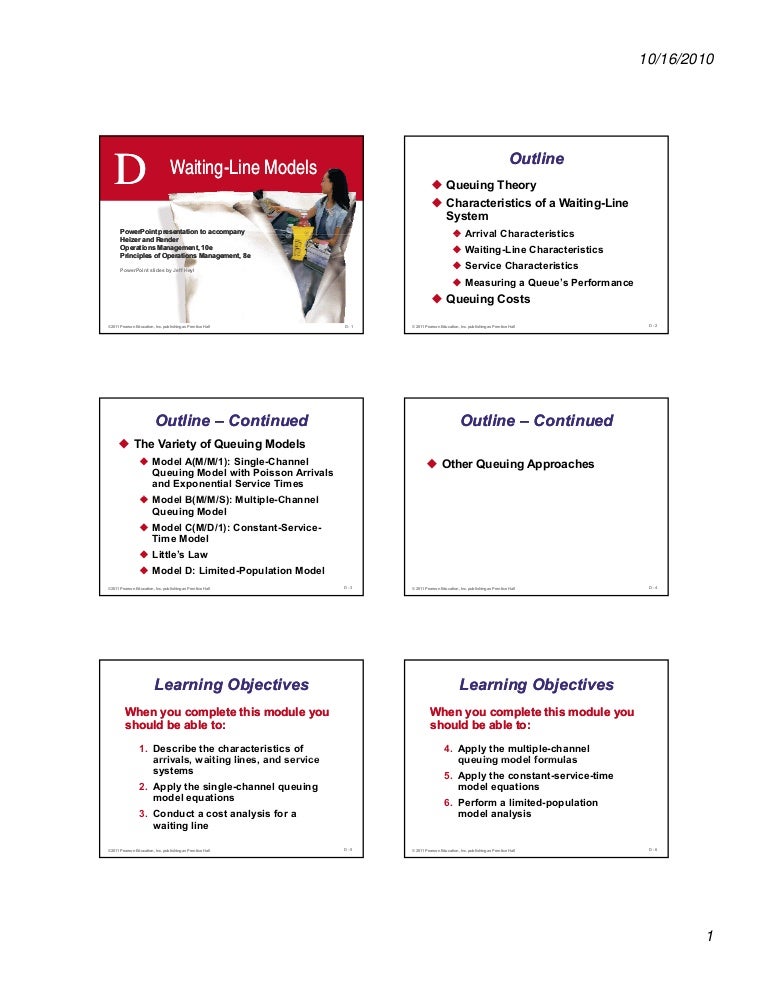


The analytical method used is descriptive analysis and analysis of the Multi-channel-Single phase (M/M/S) queuing model.įinding: The findings of this study indicate that long queues can interfere with the activities of other facility users for other customers at the gas station. Purposive sampling was utilized as the sampling method in this study, which is a non-probability sampling strategy.

The types of data used are quantitative and qualitative data, so this study is classified as mixed methods. Methodology: The object of this study was a motorcyclist who was doing Pertalite refueling. This study will look at how to simulate a realistic gas station queue and provide a user-friendly layout design for anyone interested in gas stations. The focus of attention in gas station management is not only on the queuing model, but also on the layout design that is acceptable and adequate for customers, particularly motorcycle riders who use Pertalite. Fuel service providers are encouraged to optimize service space as the number of motorized vehicle customers grows. This process is experimental and the keywords may be updated as the learning algorithm improves.Objectives: This study aims to analyze the accuracy of the queuing models and the application of layout design at the gas station in Ngasinan Wonosobo, Indonesia. These keywords were added by machine and not by the authors. Arriving customers are immediately directed (in order of their appearance) into arbitrary free channels if they are not all busy, or wait until they can proceed into some channel which has become free. The service of the n-th group of requests of size v s n (or of smaller size if the number of customers waiting for service turns out to be insufficient) requires τ s n time units. Service occurs also in groups and can be performed in m channels simultaneously. Customers arrive in groups of sizes v e 1, v e 2, …, with interarrival times τ e 1, τ e 2, …. Assume we are given the governing sequences (1), §1.

We have agreed to denote such systems by the symbol ‹ G/ m› (see § 1). We recall the definition of queueing systems with m ≥ 1 channels.


 0 kommentar(er)
0 kommentar(er)
